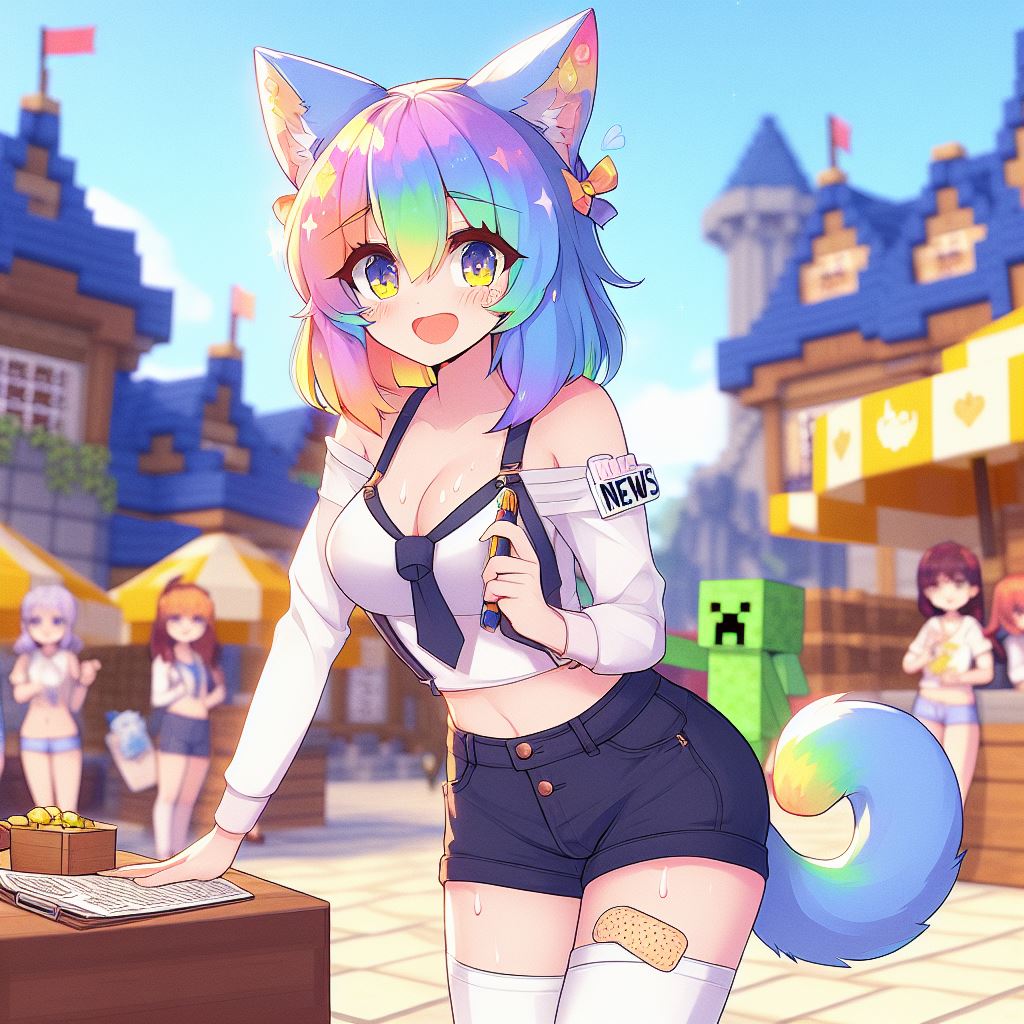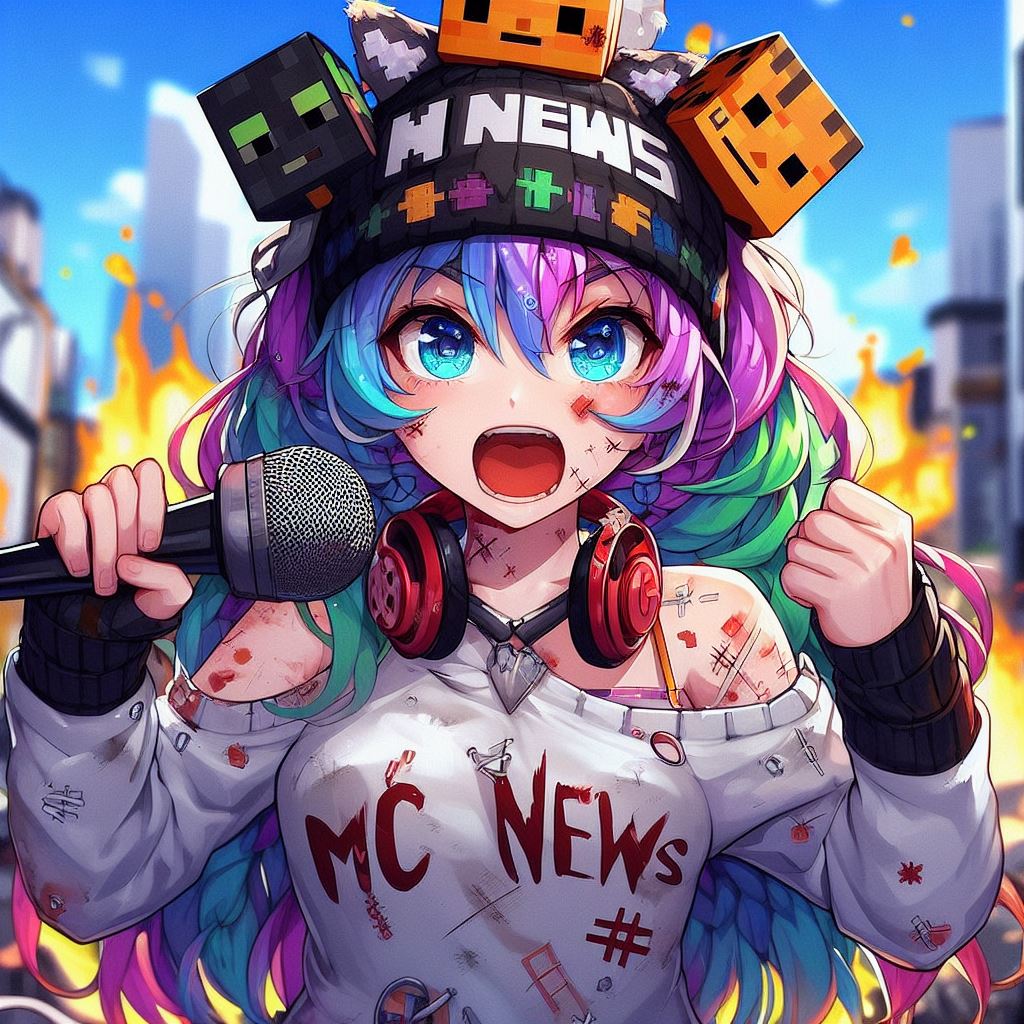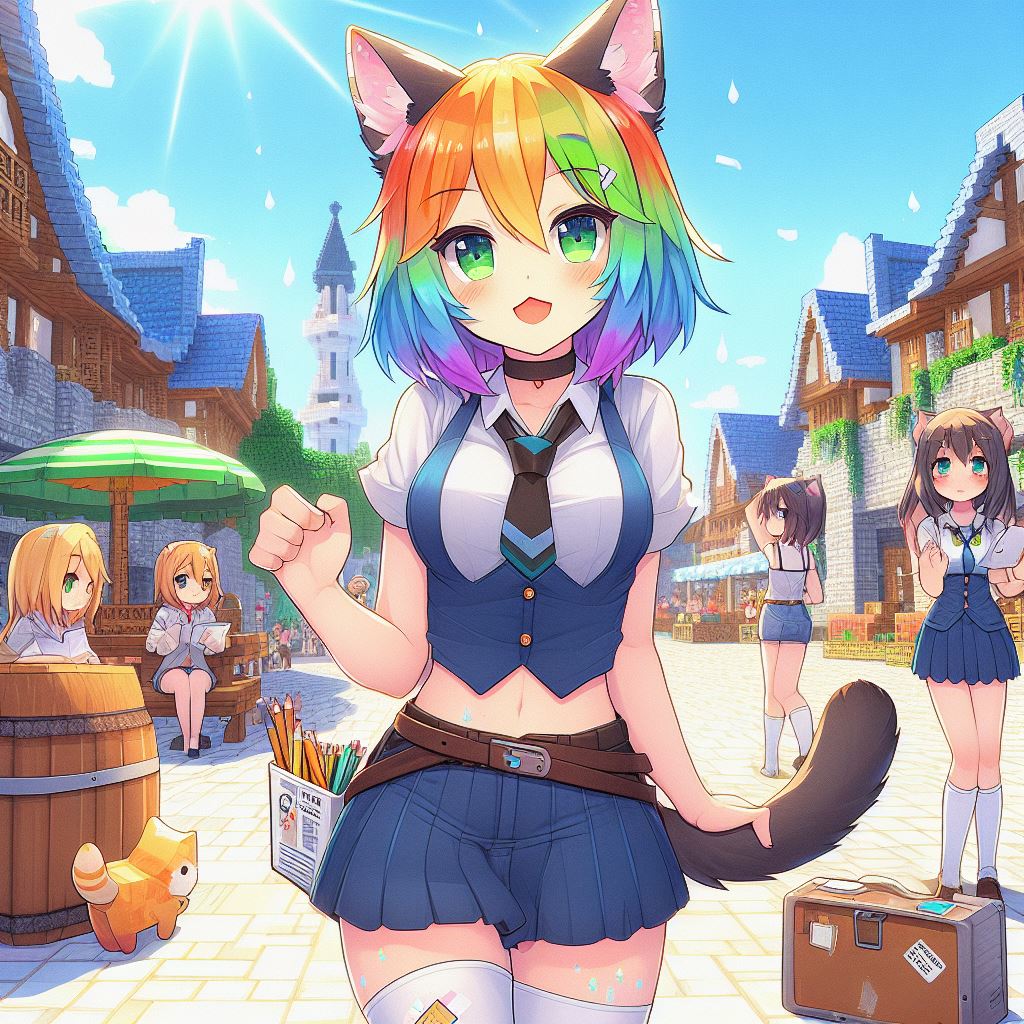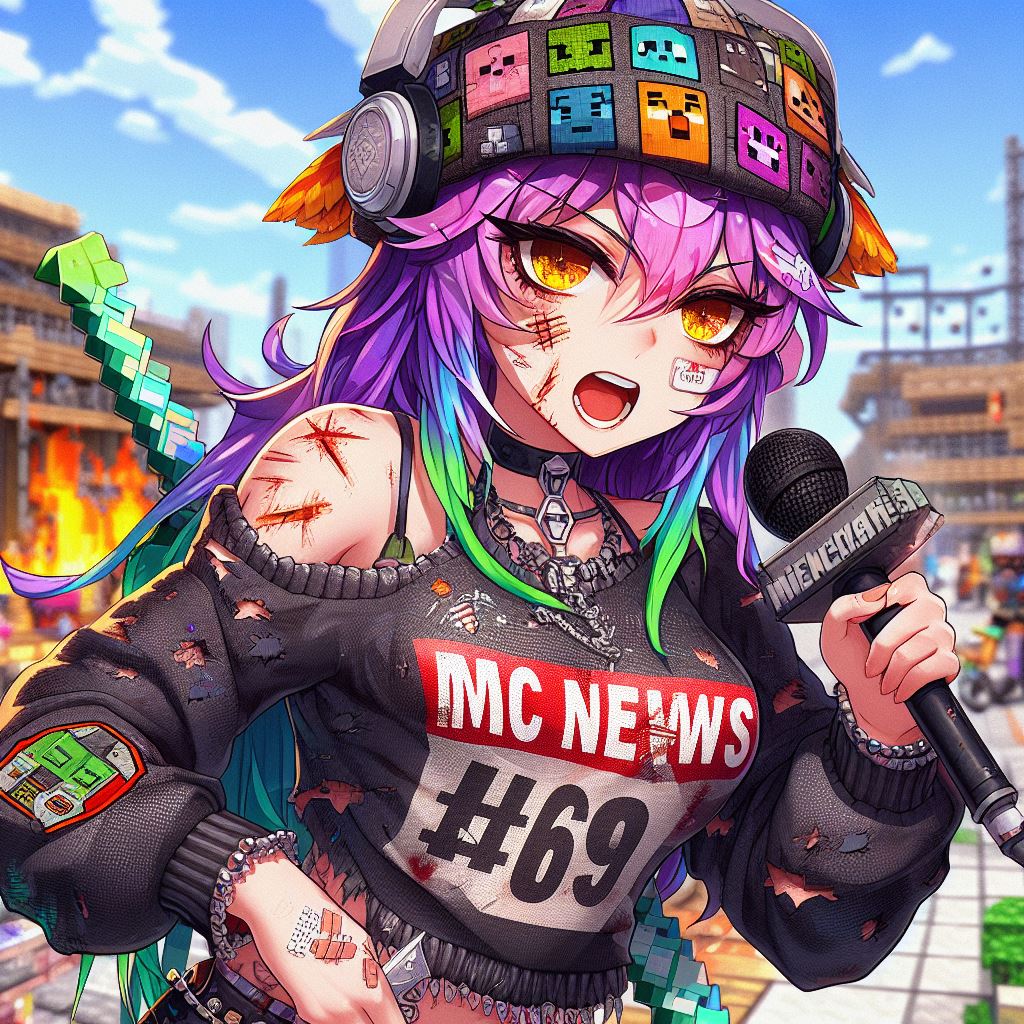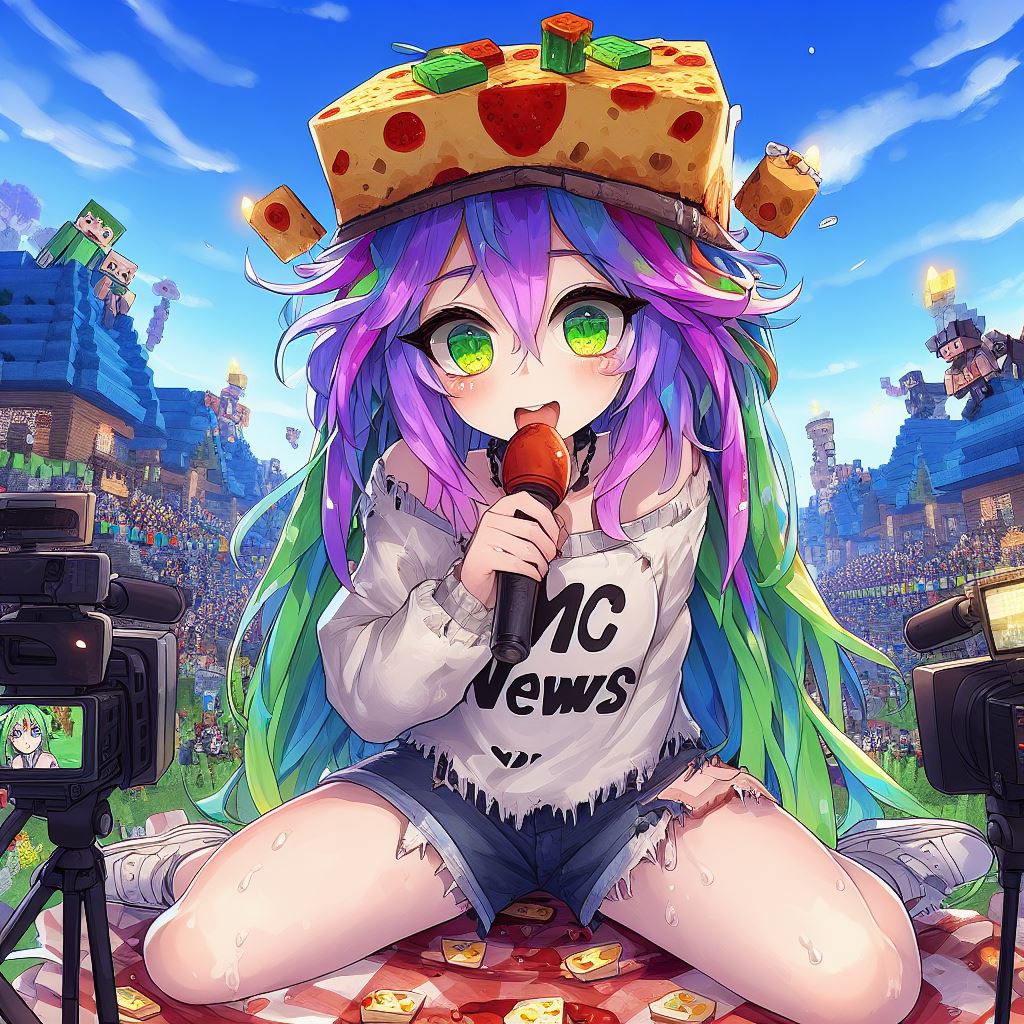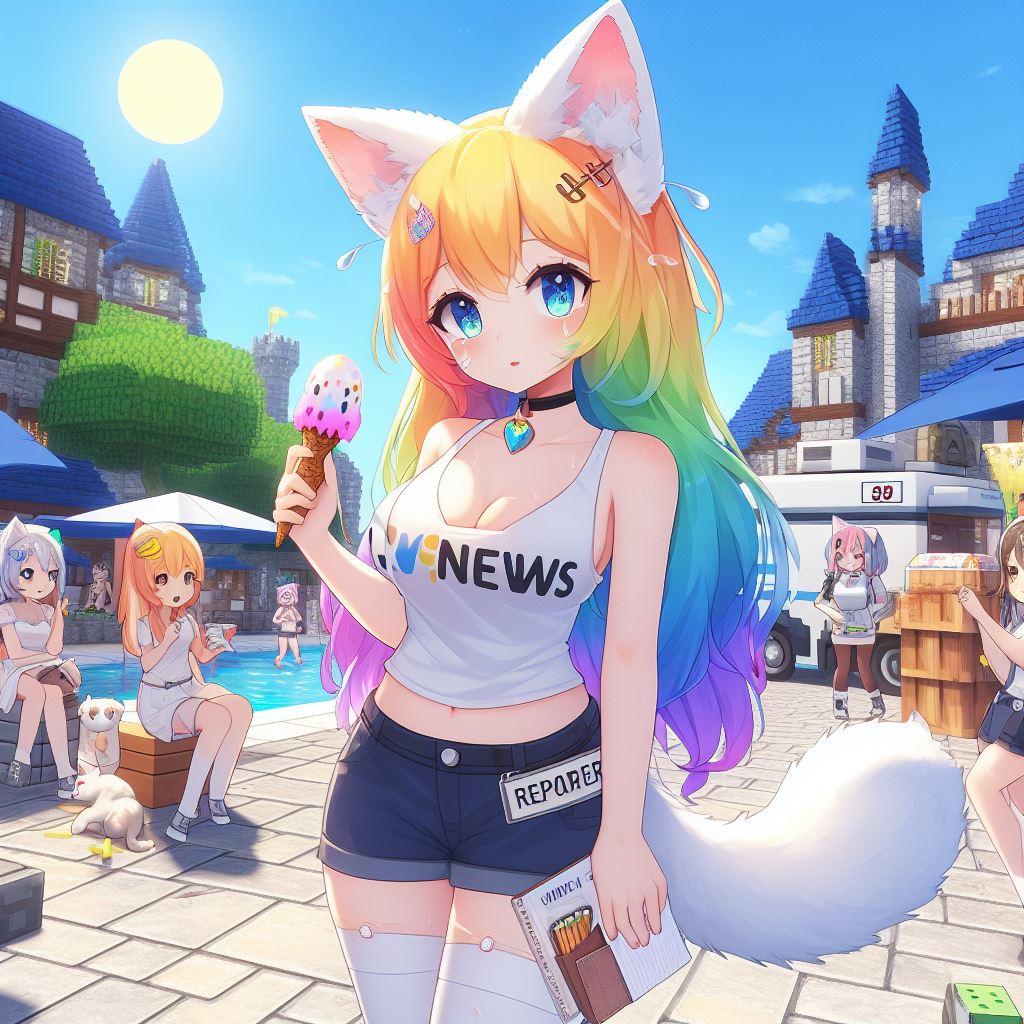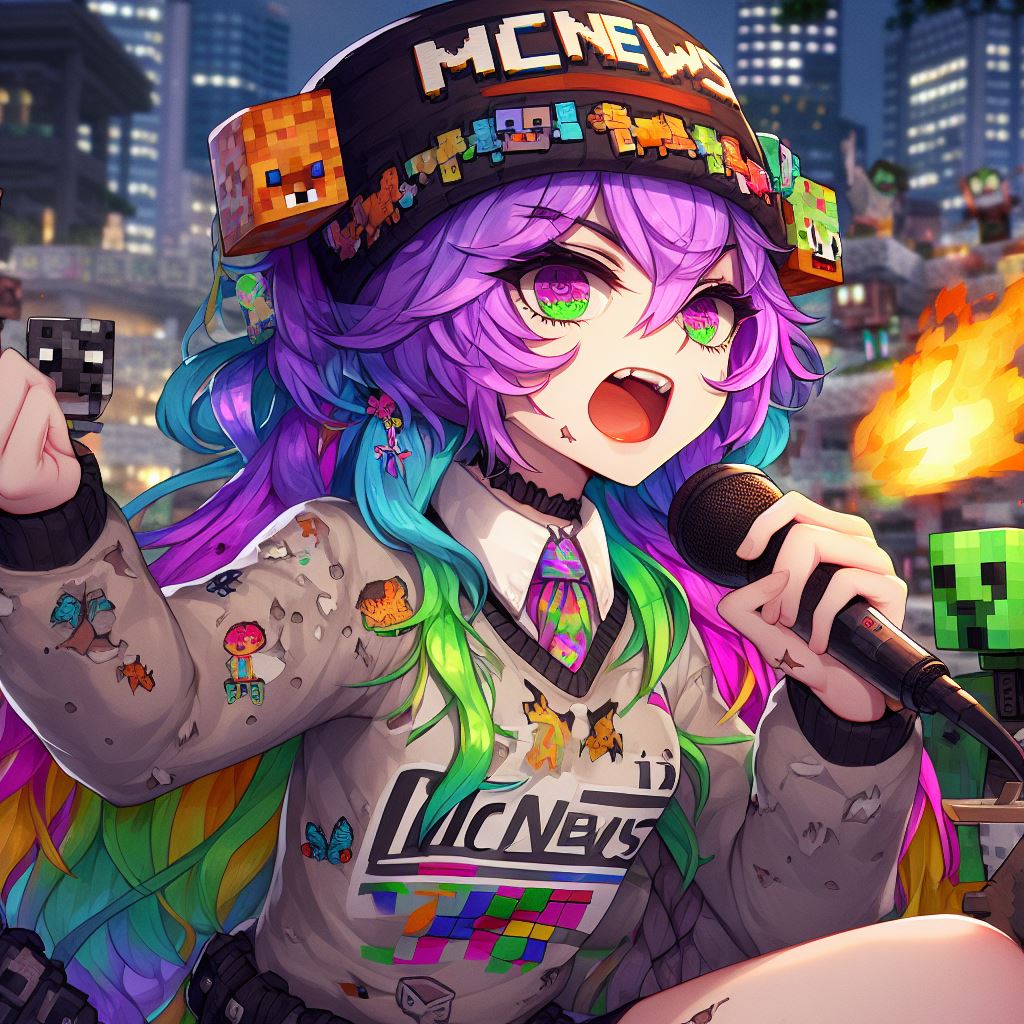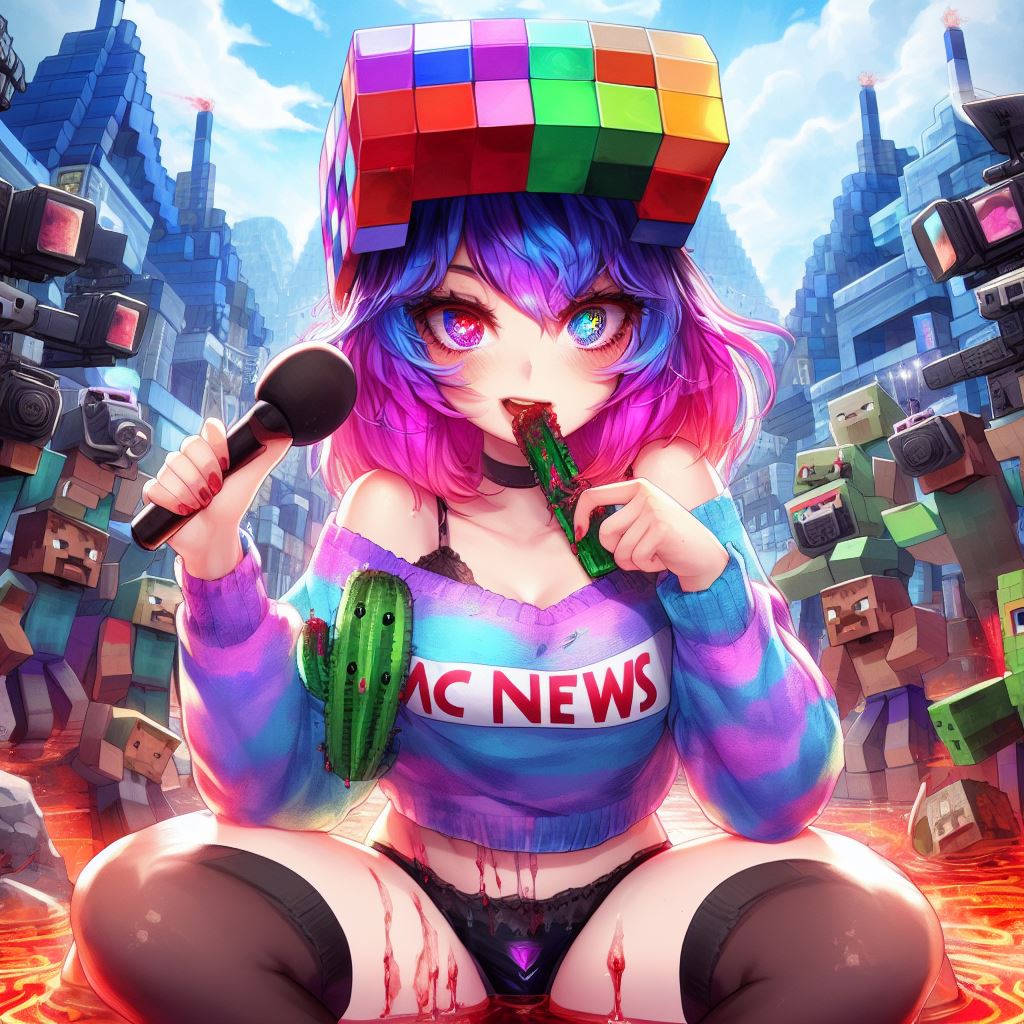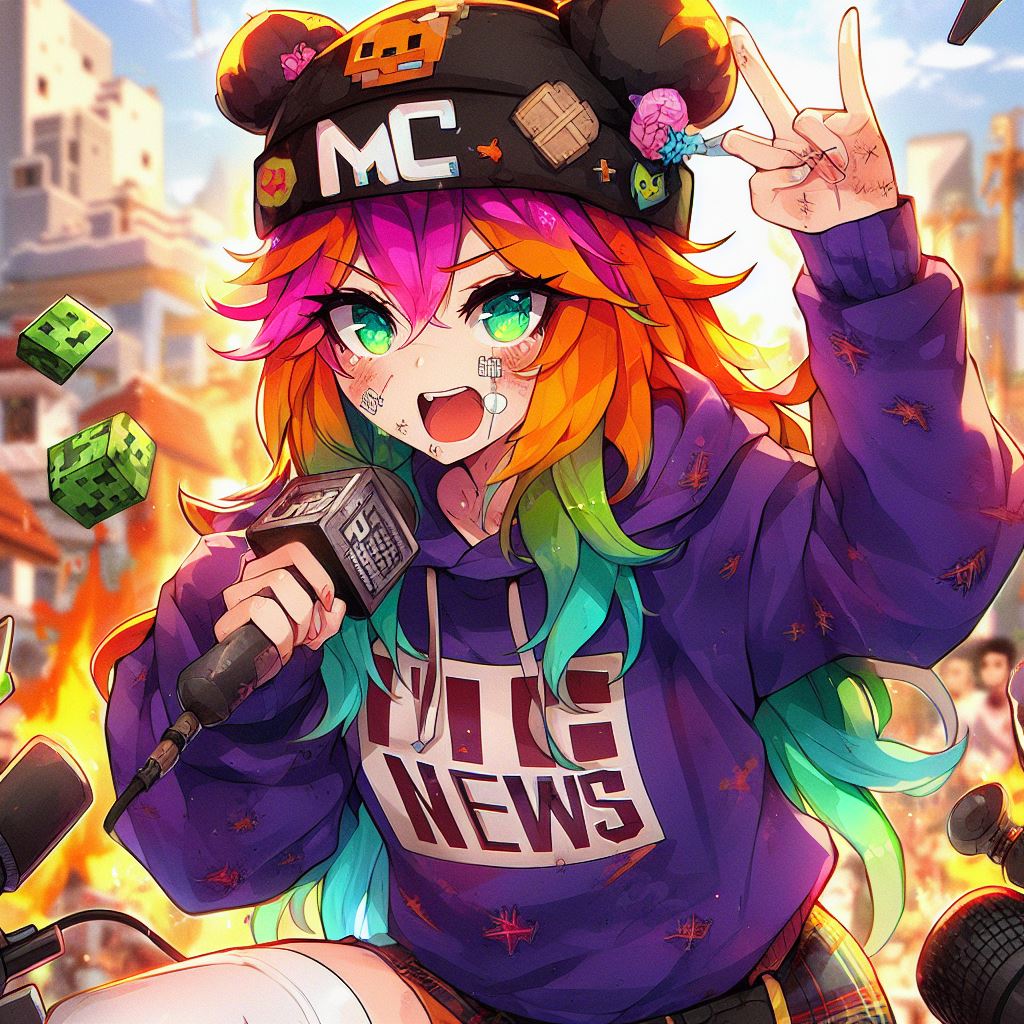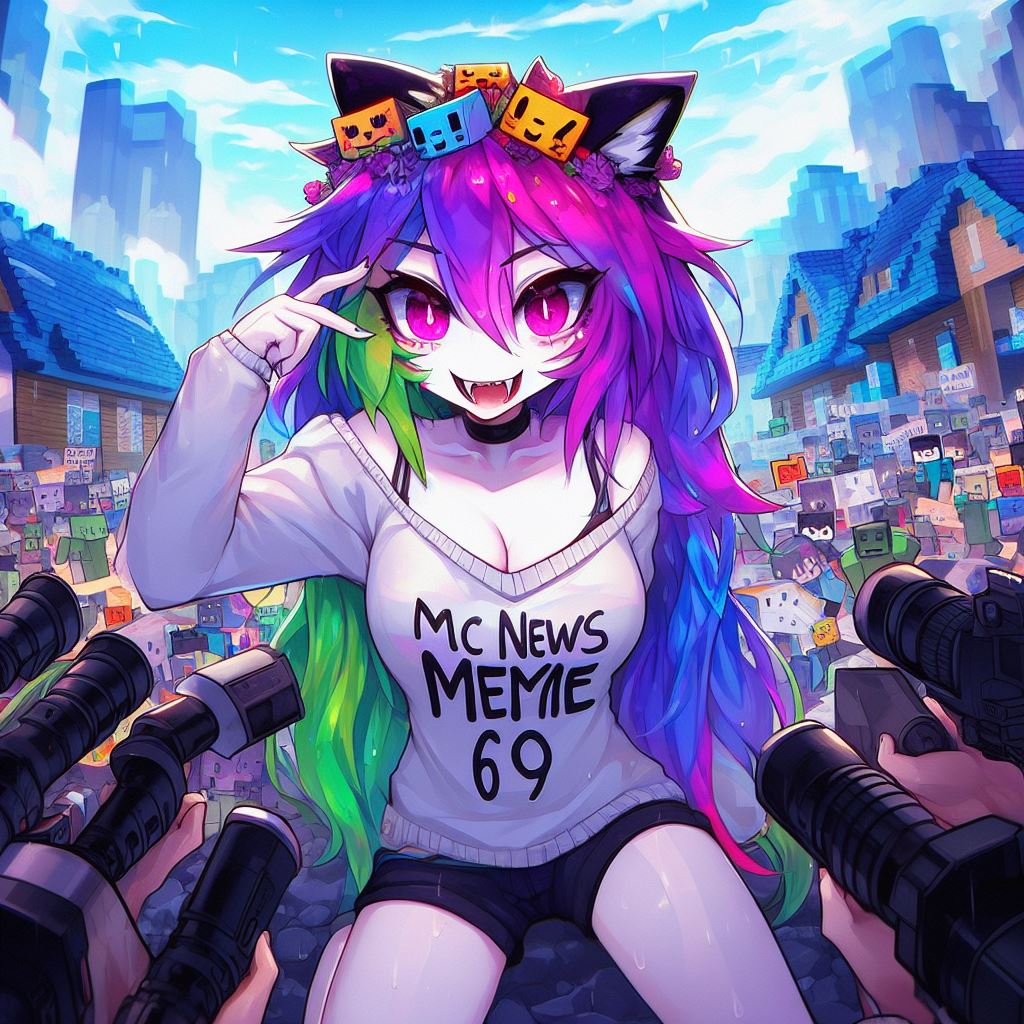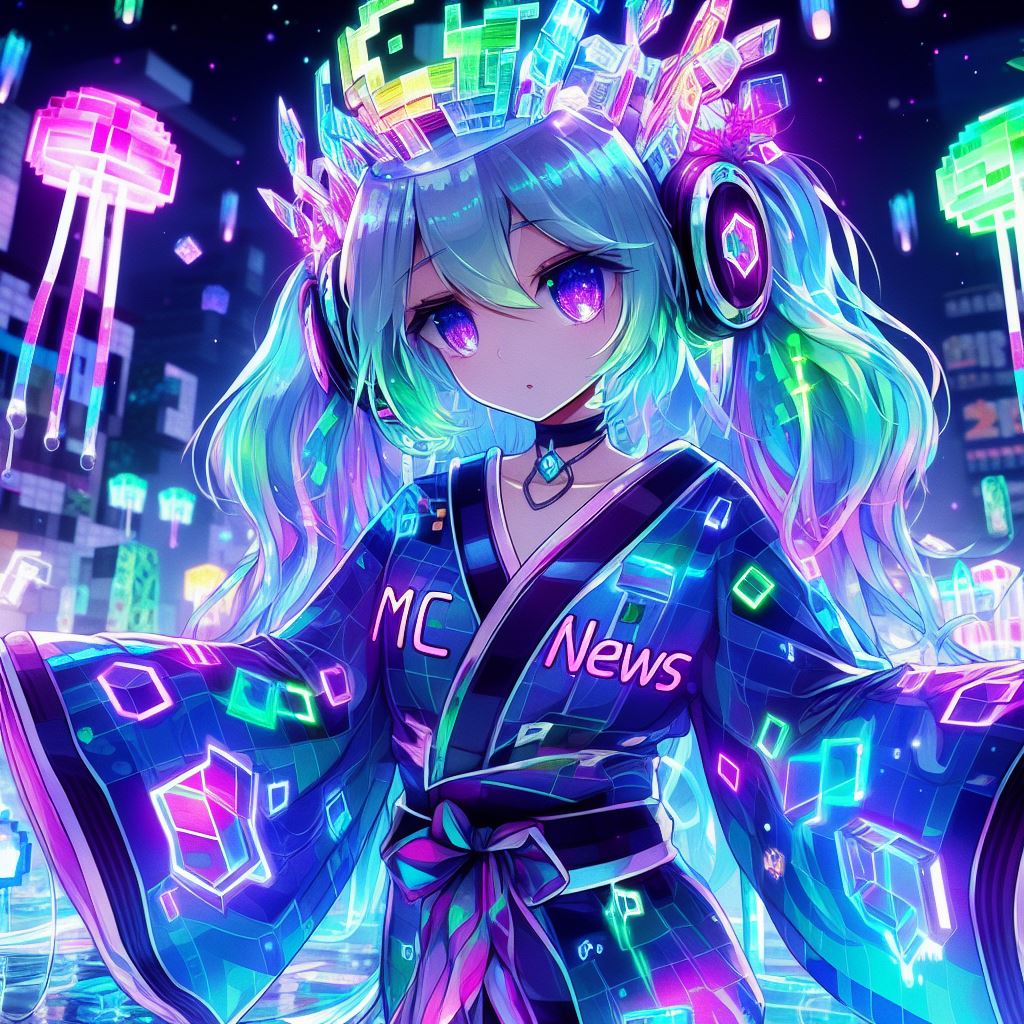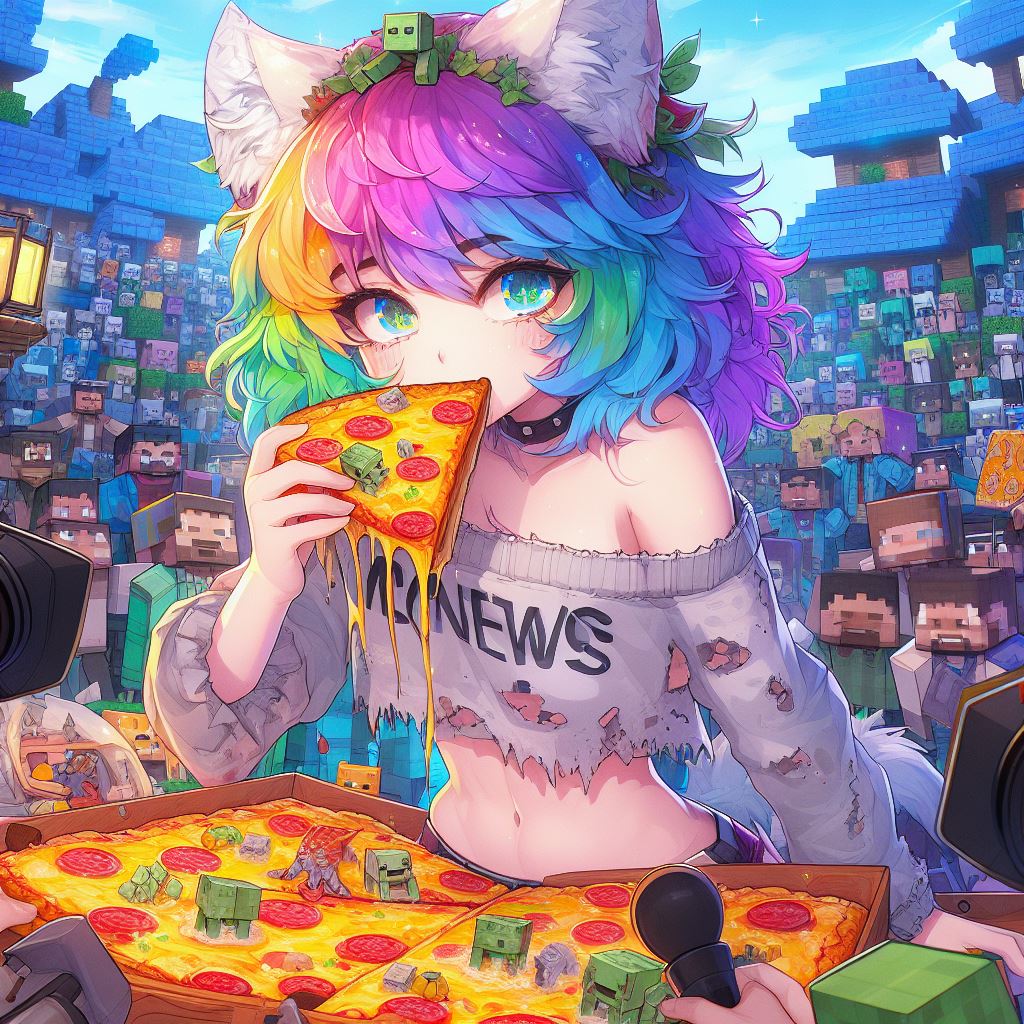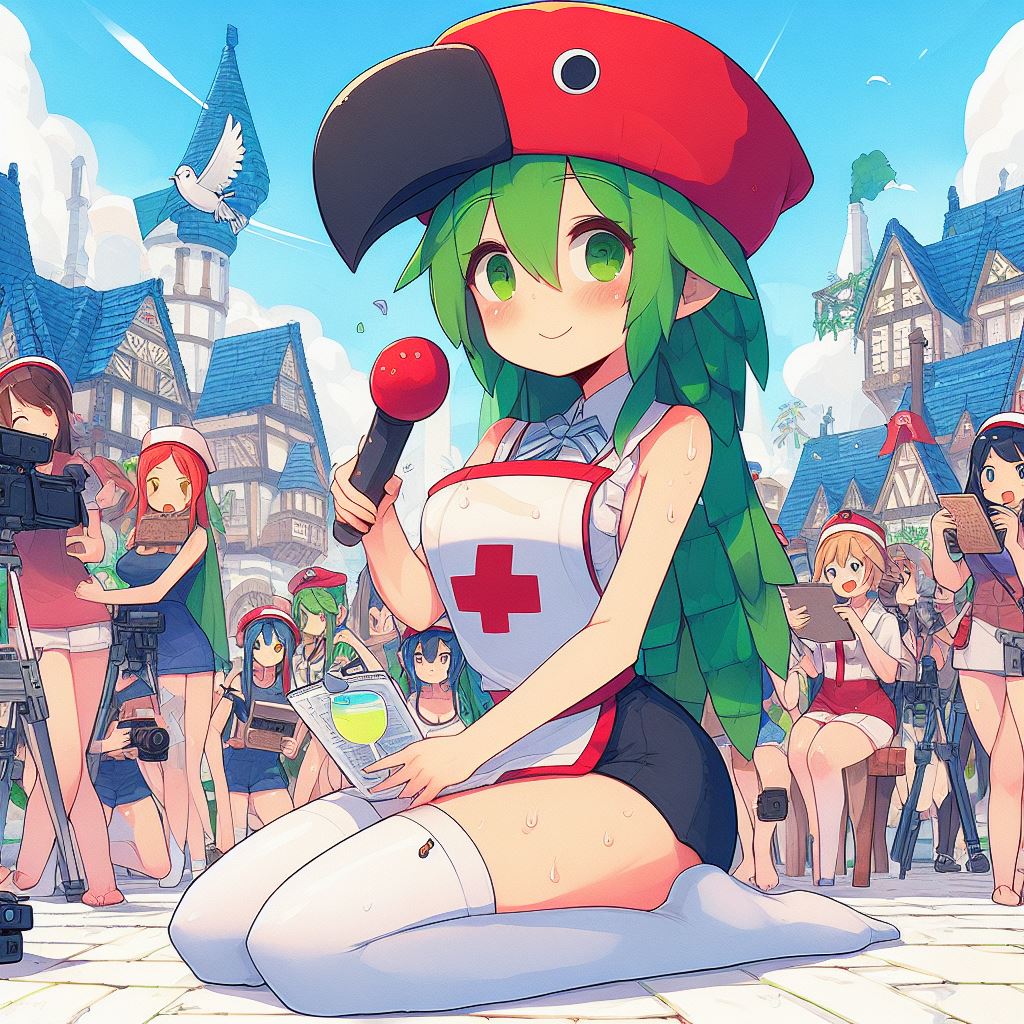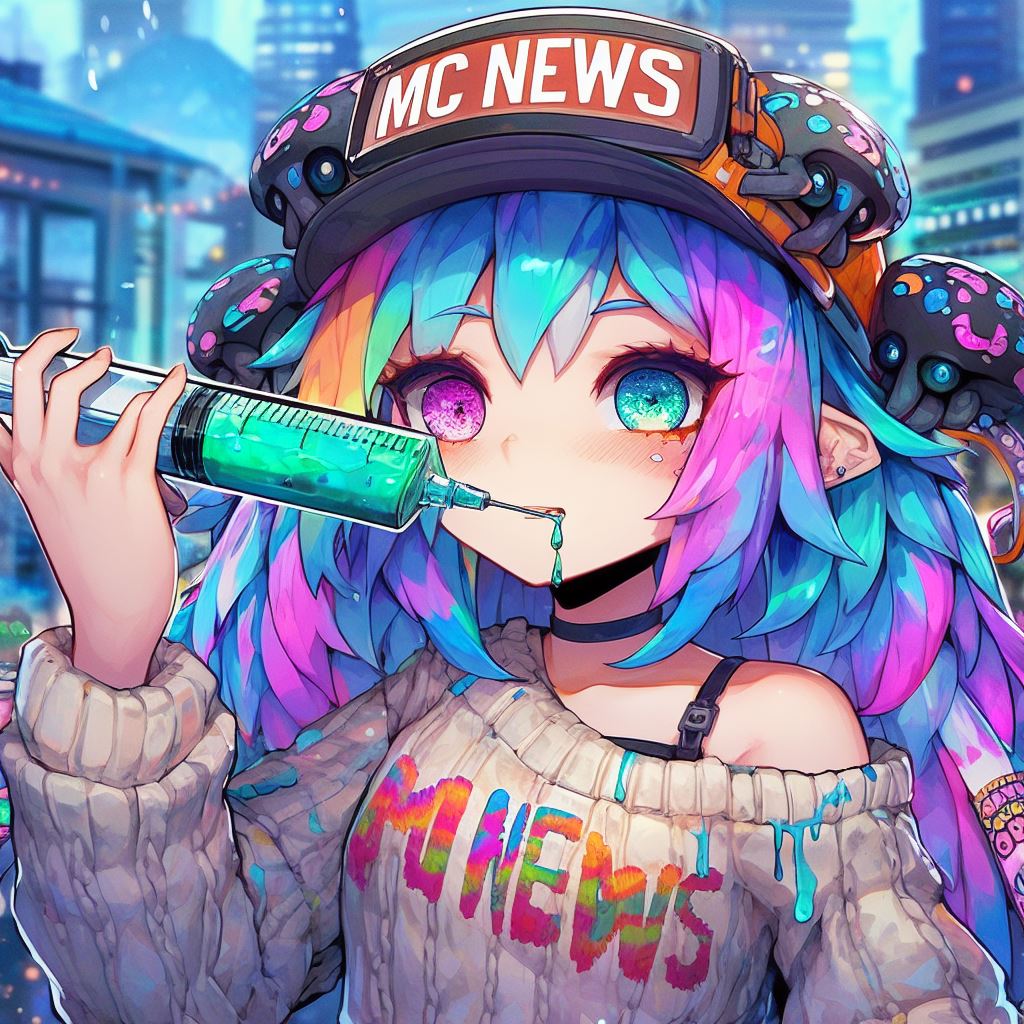Hello there and welcome to 80 craft in this series i aim to help you become a better builder through understanding some of the fundamentals to the design and build process each episode will cover an element of building allowing you to up your game whether you’re a seasoned minecrafter or just starting Out in this video we will be looking at colors block palettes and gradients make sure to check out the first video in the series which covers build planning size and shape of builds and that’s linked in the card and the description before we go any further though hit that like Button and make sure you’re subscribed as it really helps the channel and lets me make more content for you the first thing to cover is some color theory this is a color wheel it was originally developed by sir isaac newton as a way to relate colors after light was split By a prism and has been used ever since by artists and designers to work out which colors will go together colors basically that are close on the wheel will work together as they share a similar wavelength and this version also includes shades of those colors with darker versions in the center and Lighter tones at the edge translating this to minecraft the current color blocks in 1.17 come out something like this i’ll be making a java world download available via my discord so make sure you do check out the link in the description for that it’s useful to know The primary colors which are red blue and yellow now these form the basis for all other colors and by that i mean that you mix these together to get anything else so for example red and blue gives you purple blue and yellow obviously gives you green and red and yellow gives you Orange and those three colors i’ve just mentioned are also interesting because they also become what are known as complementary colors for uh the colors that are the primaries and red and green and blue and orange are complementary colors for each other asses yellow and purple and an example of yellow and Purple being used currently in the game is actually in end cities where you’ve obviously got the end stone which is yellow and you’ve got the purple which is the purple blocks there so these are colors that will equally go very well together even though they are very different so They don’t share the same sort of hues but they are very very different and they work very very well together and you find these within your color wheel by basically going to the opposite side so you can see that this blue here it’s obviously there’s different tones Of the blue but the blues are opposite the oranges the yellows are opposite the purples here and the reds are opposite all of these greens and simply what you want to do is if you’ve got a particular block palette that you think you might want to Be using let’s say we chose the lime concrete that we wanted to be using we would head across and go opposite that and we’d actually say okay let’s grab ourselves some concrete powder and some magenta wool and see if we can get these to go together and we when we put these down As you’ll see they work fantastically together on both of those fronts so that’s how you find your complementary colors they’re really really really useful to use in comp a combination with going with colors of the same kind of a hue to make sure that you’ve got a color palette that is Varied but also does look really really good together grayscale is the next thing that we’re going to cover and that is all of these blocks here that don’t have a specific pigment so as you can see over here in the color wheel you’ve got all of these Blocks and they have a specific color these blocks here are kind of the absence of color really so what we’re looking at is everything through from white through all of the grays up until the blacks and the lightest block that we have in the game is the snow block With the darkest being the black concrete as you can see you can lay them all out going from light to dark right the way through all of these blocks there’s one other thing to consider though when you are thinking about greys and that’s not all grays are the same You’ve actually got three types of grey you have what is known as a cool gray you’ve got what’s known as a neutral gray and you’ve got what’s known as a warm gray now the cool and the warm are pretty self-explanatory where you’ve got something that looks a bit colder like This snow block where it’s got a little bit of blue in the texture that’s a cool block where you’ve got something that’s got a bit of warmth in the texture like the bone block there that would be a warm gray and that would fit in the warm spectrum same with the mushroom block And then you can see it with the lodestone you’ve got more of the the blues in there and then next to that you’ve got a stone which is probably more of a neutral so something that doesn’t have isn’t strongly one way or the other is is a neutral and by Not just matching the darkness level of these blocks but also matching whether it is a cool tone you can get some fantastic looking gradients and really up that to the next level within your builds and i’ll show you some of the examples of that when we get to the gradient section there Moving on now here we have a lovely little castle and the next thing that i’m going to talk to you about is contrast now where we had the gray scale where it moves from the light to the dark there that is what’s known as the contrast so you have Dark things contrast more to light things in this build although it looks like a fantastic cast it’s got everything you could need you’ve got your crenellations you’ve got your little living quarters you’ve got actually a full interior on here as well what it doesn’t have is any Light or dark variation so there’s very little contrast in this and what that means is when you look at the build it just all of the bits like here the depth there isn’t any depth you can’t see a line between any of the front or the back there’s no foreground or background To this build and it makes it look like it’s just kind of a big blob of color and when we look at the block palette that we’ve got here you can see they are all very very much the same tone so we have got different blocks in here but Because they are all around the same lightness level then when we look at this it doesn’t stand out as much as we would like for a build now if we just come across here by changing up some of the blocks and not needing to change that many we’ve Still got the same base colors there and just adding a bit of color at the end moving to some darker wood so we’ve got some stripped spruce and we’ve got some dark oak planks here you can get an entirely different feel to your build and you’ll immediately see Putting these two together that this one on the right stands out so so much more than the one on the left and that is because of the contrast that we’ve used in the build so when you’re thinking about your block selection when you’re thinking about your block palette Make sure that you are considering a mixture of light and dark tones within your build because that is the things that draw the eye here now we can immediately see where the roof finishes and where the the building behind us so we’ve already got the idea of the depth Coming through we’ve got these windows here that have got the dark oak uh the dark fences in there and we’ve got something that stands out draws your eye we’ve got the splash of color with the banners and the flag on top so you can see that these two even though there’s Very very little actual difference in there you can just make such a such a big change by changing up some of the colors that you’ve used in an identical build and these are literally block for block identical there’s no difference they’re in the same biome there’s nothing that you need to think about There what you can do is actually take this a little bit further so you can have the same belt and you can also get a massively different feel by changing the blocks even further so depending on where you are here we’ve got some warped nylon as the basis rather than the green And because this is a slightly different color you can get a very very different look by changing the blocks we’ve still got a mixture of the lights and darks there so we’ve still got appropriate contrast with this black stone and then we’ve thrown in some of the acacia here And that gives us the contrast ratio that we want you can still see the same depth but you get an entirely different feel to the actual build itself so make sure when you’re selecting your colors that you’re also considering the overall feel that you want for the build Here do you want it to be a warm build do you want it to be a cold build there’s no you get a slightly jarring effect for example if you were in an icy biome and you started using reds and oranges and warm tones there it wouldn’t necessarily Fit within that environment here as well we’ve got some warmth because there’s a little bit of orange that as you can see when you get close to the texture and inspecting the textures kind of helps a little bit you’ve got some of the warmer colors in here so you know something Like an acacia which is actually a complementary color to this cyan anyway because it’s on the opposite side of the color wheel will go really well together and so you can mix up the colors get a very very different feel and again the final version of this to show you that you can Completely go wild with this and get some incredibly different effects is to look at this with a light version so here you’ve got kind of you could imagine this in a mini game for example as two sides to you can have the dark side and the light side here as their Bases for respawns and things like this but exactly the same build just mixing up the blocks themselves and making sure that you’ve got the things that fit the environment so here we’ve got a black stone floor we’ve used some significant contrast between the floor of the and the start Of the build which is also something to note you don’t want your build unless it’s an organic of course and i’ll be covering those in a later episode you don’t necessarily want the build to completely blend into the environment you want to know when you’re looking at something where the build starts So that your eye can pick it out and your eye can immediately see the edges of this you can immediately see the roof line you’ve got the depth and everything that you would need in here the other thing that’s been done in this build is we’ve actually got a mixture of warm Tones so this is a a warm gray or in the warm gray scale uh with the quartz and then we’ve got something with the calcite that’s actually in the colder or probably sort of neutral to cold side of this now in order to get these to work Together if you put them right next to each other they’d look okay but having something like this block here like the ancient debris to split them up means that you can transition between different types of tone so having a barrier there gives you that ability on One side your eyes focusing on this and you don’t necessarily even though it’s part of the same build you don’t necessarily associate it in the same way as if it was right next to the court so that’s a really good way just a little tip to help you Up your builds and be able to use these different colors together because again this is being more neutral fits in with the more neutral to to cool tone that we’ve got with this deep slate here now the other thing that i’m just going to mention here but i watch out for a Future video on this in more detail is around so i’ve mentioned it there if you’ve got a big open wall or some space like this that you’re not going to put any detailing like a window or anything on you may want to add some block variations so that’s mainly for when you Come up close and you see the build to make it interesting the further away from a build you get the more the wall as a whole blends together which is fine because again we’ll be covering that in the detailing section the mid foreground and the background idea sometimes you can break things up With some details but you may want to add in some block variation that’s entirely up to you how much of that you do it doesn’t need to be a crazy amount of blocks you could have a space like this and you could have maybe three Blocks in there so if you had say stone and you put in three andersite that’s actually enough to blake or break up the wall a lot of people do go a little bit over the top sometimes with block variation but it is your personal choice It is what you like and in some builds so an example being the futuristic builds here then you can actually see that i haven’t used any block variation at all i’m looking for a hyper futuristic look with these blocks and so i’ve gone for something that’s really really clean I’ve used the smooth quartz as well as something that doesn’t have an edge to it so it all blends in together but that is because that was the look of the build that i was going for so consider that when you’re selecting the blocks that you’ve got And also don’t you don’t need to go over the top the block uh palette that you select is just to give you an indication of where to start so maybe select a couple of primary blocks and a secondary block that you want to use and here you can see the Difference in the tone between these two when they’re next to each other and then use some of the other blocks to give you that contrast and that’s pop of color one of the most popular things in the game and in the art world at the moment Is the use of gradients now a gradient or a color transition allows you to gradually move from one color or one contrast level so one tone through to an entirely different one and it takes your eye on that journey as you move through various different tones various different textures various different Colors to the final result and these can be really really useful and really really powerful not just in builds but if you’re also doing any terrain or terraforming within your world as they are very organic they show that kind of movement there they can go as shown here from something dark like This cobblestone to something light like this light gray concrete powder or they can go the other way so you can move from something like this and the site at the bottom here through to this i believe that that’s the cracked uh deep slate tiles which are again a very Dark tone there so you can move either way through these gradients and they can be either grayscale so we used the the light to dark and dark to light from the grayscale thing or they can actually use the colors as well so this one here shows us a transition through from the different Wood types this is actually the uh the spruce logs and then it goes through the uh the other block type so this is the dark oak the spruce and then through to the oak and finishing off in the birch you can transition from one color to another within your build and also Something like this for example would be really really good if you were looking to create a beach or a river you can have the edge which is going to be much lighter and going through to the dark so you can add further depth to your builds Even when you’ve got a flat surface or a surface that doesn’t have a massive amount of variation in depth by using a gradient so it’s almost an artificial amount of depth that you can give because your eyes consider things that are dark to be further away than Things that are light so you can almost force some perspective on the people who are viewing your builds there’s three main things to consider when you’re actually looking at creating your gradients the first one is how far away are you looking to look at this from so The first of these gradients we looked at you can be quite close to that and you can still not really you can still see and get the benefit from the gradient something like this where you’ve thrown in some blocks that are a bit more unusual like the Birch or like the uh color at the bottom and some of the diorite they actually work better the further away you get from them so you can see the transition starting to happen and that is where gradients really do come into their own is things that you’re Looking at from a distance the other thing you need to consider is the scale if you’ve only got a build that’s four blocks tall you’re not going to be able to go from black to white very easily in that it’s going to be quite jarring so The more space you have for you to add this gradient this color transition in the easier it becomes and potentially the more blocks you can feed in so when you know the distance that you’re planning on viewing this space from and what color you want to go from and to And the space that you have then you can start thinking about your gradients and one of the things is practice makes perfect just start mixing up the blocks start with things that are kind of smoother before you try and jump straight in with things that are a bit more difficult to Use in terms of the textures but as the practice level goes up you will start to see that you can get into some much more interesting things here so you can go just quite dark and again this is one that looks quite good close up and i’ve used some shocker boxes in There because they’re one of the interesting blocks because they’ve got a natural transition from darker at the bottom to lighter at the top when you place them in that orientation however as they are entities the further away you get it gets to a point when they suddenly pop disappear out of existence So consider that when you are using different blocks uh in the game particularly when you’re using shulker boxes in your transitions but they are a great way to move from one tone to another very very smoothly particularly if you’ve not got much room so here you could actually get quite a good Transition over the course of maybe even just three or four blocks just those three blocks you don’t actually need much more space so consider that with your build you can obviously keep it within the same color or when you have practice you can do some things that are much much more more difficult You can make some transitions through multiple colors so this takes us actually from the deep slate diamond door through to the regular diamond door this is one that again is better used and looked at from a distance but when you look at it from a distance it looks Really really interesting it gives you a really really nice vibe there and this is using quite a lot of unusual blocks like terracotta blocks like warped blocks and of course the all blocks as well with the shulkers so yeah keep practicing and you can get some good gradients going on like this you Can transition between colors here like we’ve got the yellow right the way through to the red and this is probably just about the smallest scale you can get that full transition in and again is mixing in some of the other more interesting blocks as well and here we go from the Blue the dark blue with the with the glazed terracotta right the way through to actual snow blocks at the top so for a wintry type build you can get some good gradients over some some short distances and yeah again these ones the more complicated you get with your block Palette the more you need really that distance to be able to view those to look smoother and we do have a distinct lack of blue blocks in the game so i do wish mojang would add some more blue blocks in the game please please so yeah that’s how you can start thinking about Your gradients they will take practice but if you keep at it you will be able to get some fantastic effects and there’s no reason then this is kind of quite a an extreme example that you can’t go through the colors of the rainbow i haven’t mixed these up Obviously if you had more layers you’d be able to transition better between these layers but just looking at this you can actually go right the way through the rainbow through all of the blocks in the game throwing in some of the slightly less usual ones like we’ve Got some slime blocks in there which is a great transition between this lime and between the copper but yeah you can get these and this also uses the sponge blocks i mean how many times people use spongy blocks in the game particularly because they’re quite Difficult to get hold of but if you are building in creative then there’s no reason you can’t do that um so yeah go wild with the gradients and that is going to be the end of today’s episode so i hope you’ve enjoyed it if you have please do let me know in the Comments let me know any future topics you’d like to see in this build series because there are going to be more to come soon uh make sure you hit that subscribe button hit that like button as well as it really really helps the channel and all that’s left to be said Is thank you very very much for watching and i will see you next time on 80 craft bye Video Information
This video, titled ‘Minecraft Building 101 – Colour, Gradients & Block Palettes – How to build better in Minecraft Ep.2’, was uploaded by AdieCraft on 2021-09-11 18:00:03. It has garnered 55674 views and 2513 likes. The duration of the video is 00:20:17 or 1217 seconds.
Welcome to Minecraft Building 101. A new and highly requested series on the channel looking at how to level up your building skills in Minecraft. With something for everyone, this step by step series will help you understand the fundamentals of Building in Minecraft and how you can improve with any size or style of building.
Episode 2 will look at colour theory, and explain how to chose colours that will go together in your build, it will look at tones and contrasts of blocks, selecting the right block palette for you and finishing up looking at gradients, explaining the basics and the more in depth concepts.
0:00 An introduction to Building 101 0:35 Colour Theory 3:08 Greyscale 4:50 Contrast & Block Palette 12:57 Gradients 19:45 Goodbye
Check out Building 101 Ep. 1: Build Planning, Size & Shape here – https://youtu.be/klMIzddhKaI
Make sure you leave a like, a comment and subscribe to the channel and don’t forget to hit the notification bell.
Want to support the channel? https://www.patreon.com/AdieCraft
Follow on Twitter: @AdieCraft Follow me on Twitch: https://twitch.tv/adiecraft Join the AdieCraft Discord: https://discord.gg/nyMCvqk
Texture Pack: N/A Shader: BSL
Outro: Passport Music: https://www.purple-planet.com/
Cinematics provided using: https://replaymod.com
Alternative titles: How do I build better in Minecraft? Build better in Minecraft How do I become a better building in Minecraft How to build better in Minecraft How to plan a build in Minecraft Minecraft Colour Theory How to make a Gradient in Minecraft How to choose a block palette in Minecraft Minecraft Gradient Minecraft Block Palette Gradient Minecraft Block Palette Minecraft Selecting Colours in Minecraft, Colour Wheel Minecraft Greyscale Minecraft Minecraft Colour Wheel Learn Minecraft Gradients Colour Gradients Minecraft Colour transition Minecraft Minecraft Colour Transition Complimentary Colours Minecraft Noob to Pro building Building Tips Minecraft Minecraft Build Tips Minecraft Planning tips Improve Minecraft Building How do I plan in Minecraft Minecraft Building Tips Minecraft Build Hacks Minecraft Build Planning

